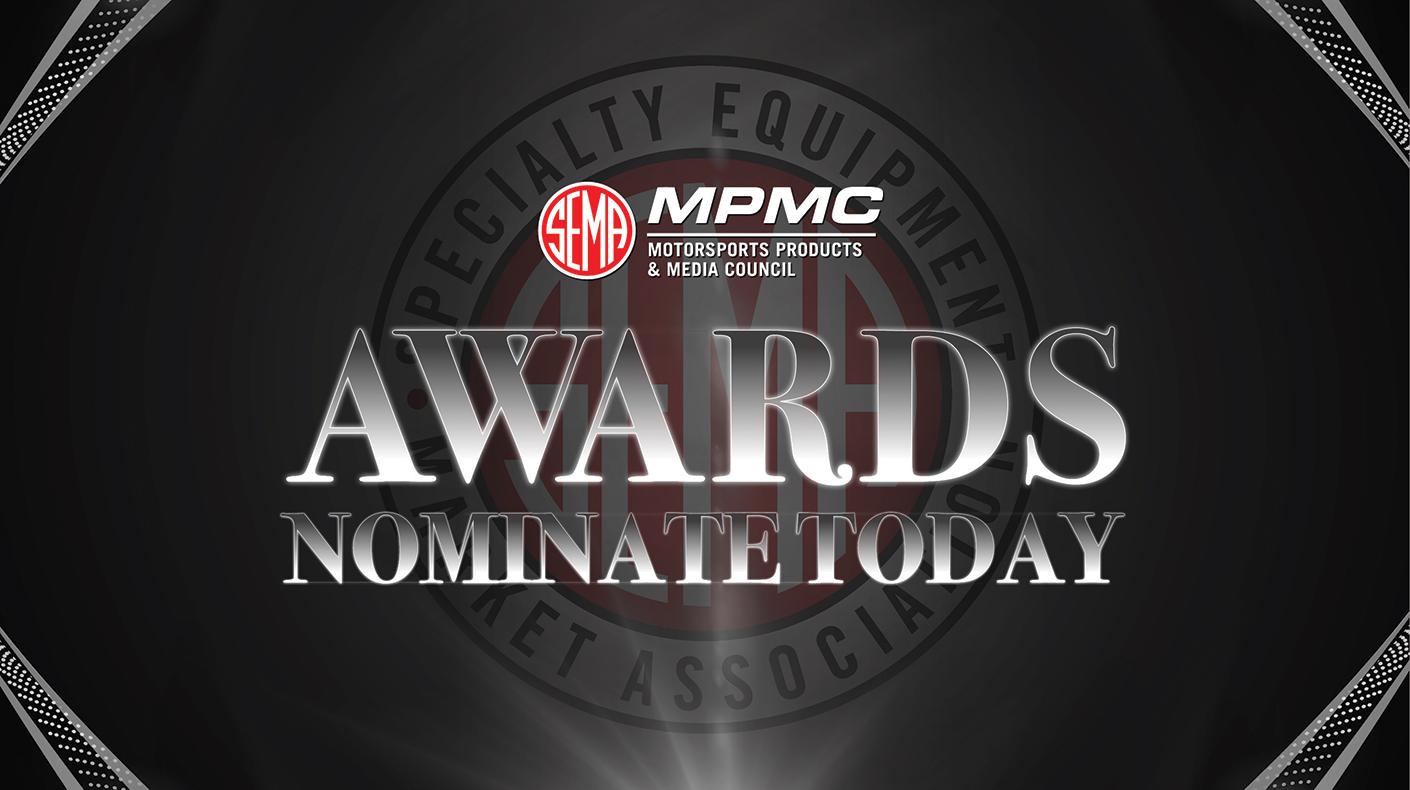A two-year study conducted by the Coordinating Research Council (CRC) concludes that at least 5 million newer vehicles on the road today could be threatened with engine damage from gasoline that contains 15% or 20% ethanol (E15/E20). The study supports SEMA’s claim that the U.S. Environmental Protection Agency (EPA) was premature in approving the sale of E15 for use in 2001 and newer vehicles. The EPA simultaneously made it “illegal to fuel pre-2001 vehicles” with E15, but only required gas stations to place orange and black warning labels on E15 fuel pumps.
Ethanol increases water formation which can then create formic acid and corrode metals, plastics and rubber. E15 also burns hotter than E10 and poses a risk to high-performance specialty parts of any year.
The CRC tested eight different vehicle types produced from model years 2001–2009 representing a variety of popular valvetrain-type engines. During the tests, two engine types failed when running on E15 and E20 gas. The failures potentially represent about 5 million vehicles in the U.S. fleet. The damage included leaks, increased emissions and failure to meet the engine maker’s valve clearance measurements.
In addition to the CRC study results, SEMA contends that another 74 million pre-2001 vehicles are at risk of damage if misfueled. The EPA has already concluded E15 could damage the engines, fuel lines or other equipment on these vehicles.
SEMA has urged Congress to enact legislation (HR 3199) to stop the sale of E15 gas until the National Academies conducts a study on how E15 may impact gas-powered vehicles. The U.S. House Science Committee has approved the bill and sent it to the House floor for further consideration. A federal court is expected to rule this summer on whether the EPA had authority to approve the sale of E15.
For more information, contact Stuart Gosswein at stuartg@sema.org.





